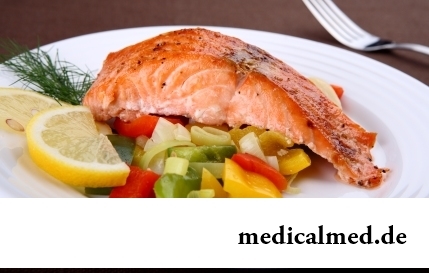





Pre-medical medical care: advantage and harm of good intentions
Each of us faces from time to time that other people need the immediate help. We react to it differently: one at once call doctors and police, others rush to victims and try to save them independently. Some pass by at all … Certainly, desire to help the neighbor who got into trouble, quite naturally for any decent person. However not everyone understands that to work in a similar situation, being guided by exclusively good intentions, it is impossible. It is necessary to give urgent pre-medical help competently not to do much harm the victim.
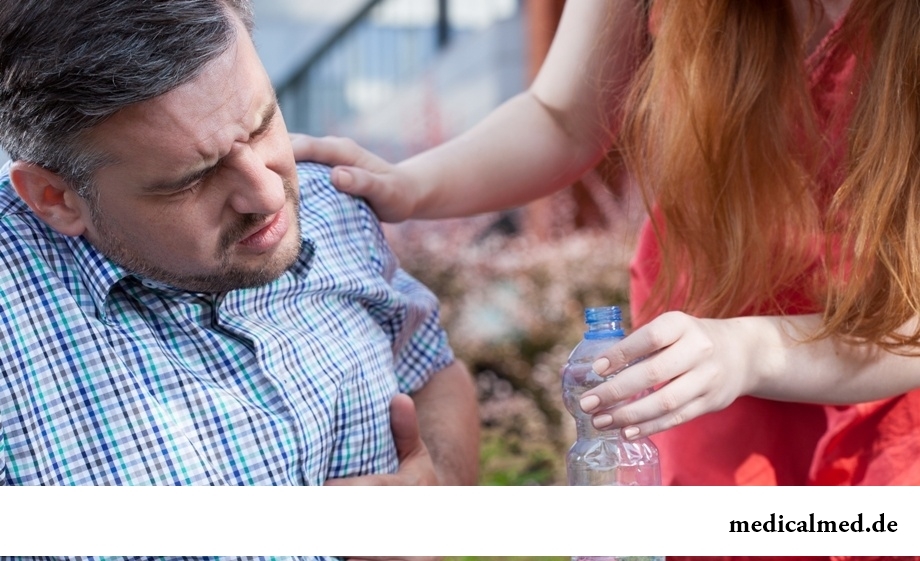
The widespread mistakes made by inexperienced "rescuers"
Most of Russians are in confidence that independently to save the person who got into trouble there is quite enough desire to help and the known share of determination. The similar delusion can cost much to the victim as "rescuer" too active and absolutely unsophisticated in this case can put true life of other person on a survival side. To employees of departments of the emergency medicine the main mistakes which are made when rendering the urgent pre-medical help are well-known:
- Unnecessary movements of the victim. Desire to lay the wounded or sick person as is possible more conveniently quite naturally, but it is possible to do it not always. If the victim has severe injuries (for example, when falling from height or after road accident), any movement can aggravate its state and lead to serious consequences. Not without reason professional rescuers, as a rule, at first sort blockages or the case of the crashed car, and only then with care transfer the wounded. It is impossible to touch about places and the person to whom it became bad on the street if there is a suspicion of a heart attack or a stroke;
- Wrong applying a tourniquet. Mistakes can be the most various – from use as a plait of the objects injuring skin (for example, a wire) and their imposings on a naked body, before attempts to press vessels below the place of bleeding. Situations when the plait is imposed for too long term are especially dangerous or forget to inform doctors on time of its imposing – they are fraught with necrosis of fabrics and even perspective of loss of an extremity. The safe term of installation of a plait one hour in the winter and one and a half-two hours is considered in the summer. At the time of imposing it is necessary to attach to a bandage or clothes a note with the exact indication of time. It is recommended to establish a plait only in case of explicit arterial bleeding. If you are not sure that you will manage to make it correctly, it is better to apply a compressing bandage, to close a wound a dense fabric tampon or just to press the place of bleeding fingers;
- Inept installation of tires. Many consider that the broken extremity before an attachment to the tire should be straightened by all means. This delusion brings a lot of excess trouble upon doctors and tortures to their patients. At violent straightening of the broken leg or hand bone fragments are most often combined incorrectly. The correct splinting assumes fixation of an extremity in situation, halfbent, convenient for the victim;
- Extraction from wounds of large objects. Such actions are possible only in the conditions of the operating room. The attempt to take out from a wound a knife or a big fragment of glass directly on site can lead incidents to massive blood loss and even the death of the victim;
- Blows in a back of the choked person. "Help" at the same time either is absolutely useless, or forces the piece of food which got stuck in a throat to get further away into respiratory tracts. In such situation the rescuer has to clasp the victim behind and do sharp pressing by both hands on area of an abdominal brain;
- The Zaprokidyvany heads for the termination of nasal bleeding. Such situation not only does not help, but also promotes blood flowing in respiratory tracts. If the person has blood from a nose, it should hold the head inclined forward;
- Greasing of burns fat. The fabrics damaged by high temperature need immediate cooling. It is the most correct to substitute an affected area of a body under cold flowing water not less than for 20 minutes, or to put to it the ice wrapped in a pure rag. Greasing by fat leads to the fact that fabrics continue to overheat and collapse. Similar action is made by attempts to wipe the freezed extremities of snow when they have to be thawed in warm water;
- "Disinfecting" of open wounds tincture of iodine, brilliant green or other alcohol-containing liquids. Similar receptions lead to burns of the injured fabrics and complicate process of their healing;
- Mortgaging of firm objects in a mouth to the epileptic at the time of an attack. It becomes, proceeding from fear that during an attack of the patient will bite to himself tongue. Actually such event is improbable that cannot be told about damage by firm objects or their fragments of soft tissues of an oral cavity and even throat, bronchial tubes and a gullet, and also teeth. To secure the epileptic against injuries during an attack it is enough to hold his extremities and the head, and upon termination of an attack to turn the patient sideways;
- Reposition of dislocations. To distinguish such injury from any other (a fracture or a bruise), it is necessary to have professional experience and the diagnostic equipment. And the procedure has to be performed by the person who did it repeatedly;
- Unreasonable use of drugs. To give to the victim any drugs, being based only on external symptoms of an illness, very dangerously. Diagnosis has to precede purpose of medicinal therapy. Also such actions as use of alcohol as anesthetic or the warming means are absolutely unacceptable;
- Provoking of vomiting at poisoning with unknown substances. If caustic liquid (acid or alkali) got into a stomach of the victim, the attempt to bring them by means of vomiting will lead to an additional burn of a gullet and oral cavity. At other poisonings it is possible to cause vomiting. For this purpose it is necessary to suggest the patient to drink several glasses of warm water and to press two fingers on a language root;
- Inept holding cardiorespiratory actions. To perform CPR, possessing only vague ideas of it, quite dangerously. Especially, is not necessary, without having experience, to apply such methods as blow in a breast for the purpose of heartbeat recovery.
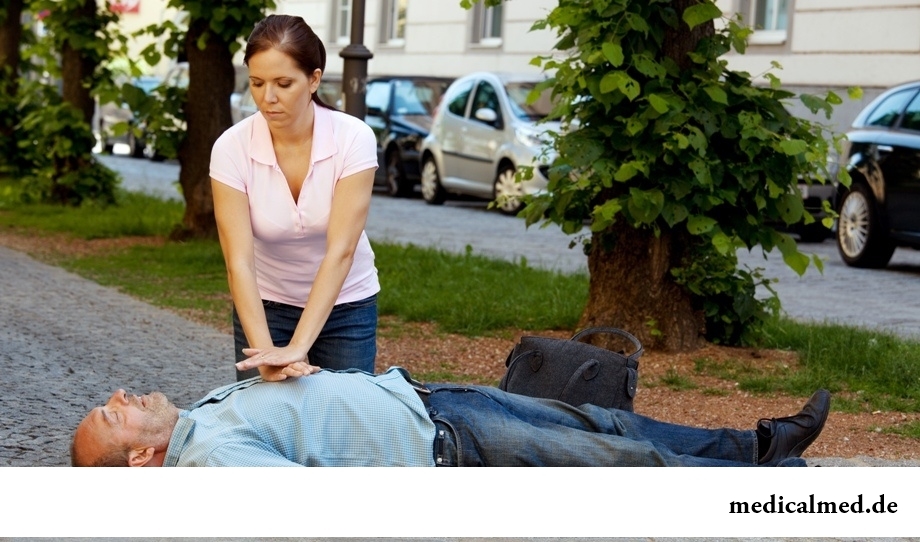
Competent and responsible rendering the pre-medical help
All school students of our country regularly visit lessons Fundamentals of Health and Safety, but noticeable results of these occupations in most cases are not observed. Business here not only that the gained knowledge is academic. It is not less essential that our fellow citizens, as a rule, have no clear idea of what is necessary and what cannot be done at all, having faced need to help other person.
The duty of each citizen to save victims is fixed in many countries legislatively. For example, in France, Japan and Israel the passerby who did not call in time the ambulance can undergo criminal prosecution. Ability is competent to give pre-medical help in Germany is an indispensable condition of obtaining the driving license. At the same time the citizen who was honestly trying to save the person is exempted from liability even if his actions did harm. Similar situation is one of the main postulates of "The law of the kind Samaritan" acting in the USA. In Russia of the similar legislative base does not exist, but it is necessary to have some idea of the actions in critical situation nevertheless.
So, if you had a need of rendering the pre-medical help to someone, you have to:
- To organize a call of specialists of service of rescue and physicians;
- To learn whether is not present among surrounding doctors and to call them to the aid;
- To estimate own knowledge and skills and to correlate them to real danger to the victim's life. It means, for example, what to try to hold cardiorespiratory events in the absence of experience is necessary if the victim does not breathe, he does not probe pulse etc.;
- To try to eliminate the factors worsening a condition of the person without touching it from the place. It is possible to transfer the victim only in very dangerous situation, for example, if he is in the lit-up car;
- To stop arterial bleeding, whenever possible, without use of a plait. At an applying a tourniquet it is reliable to fix a note with the indication of time (it is allowed to write it directly on skin);
- To close bandages open wounds in order to avoid their pollution;
- It is convenient to record the broken extremities;
- To talk to the victim, to try to calm him before arrival of physicians.
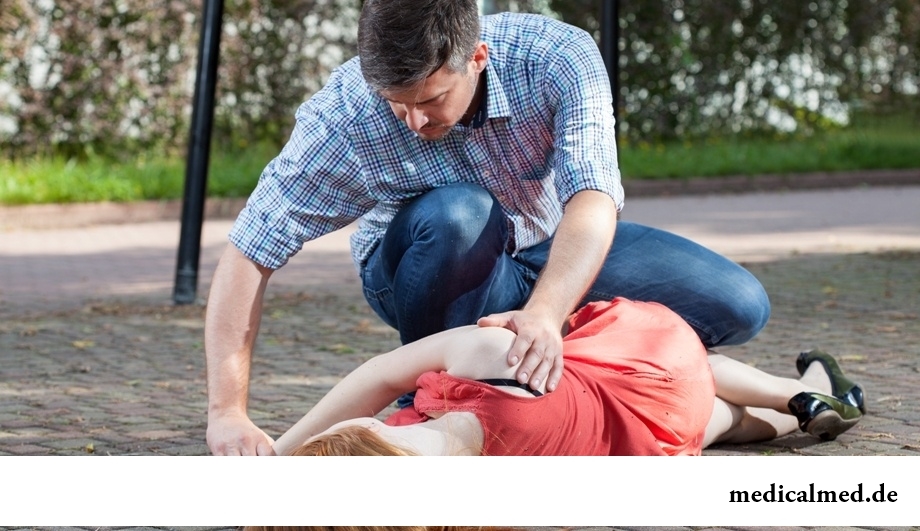
Helping the person who got into a difficult situation it is worth to remember also about own safety. In critical situation important not only to save the victim, but also to soberly estimate the opportunities not to create danger to own life.
Rendering the pre-medical help is a debt of each citizen, but it needs to be done competently, reasonably estimating the opportunities and moral responsibility for effects. In this sense not only theoretical acquaintance with rules of conduct in emergency situations, but also visit of several practical training (for example, on the basis of civil defense and emergency) for the purpose of obtaining necessary skills can become very useful.
The well-known drug "Viagra" was initially developed for treatment of an arterial hypertension.
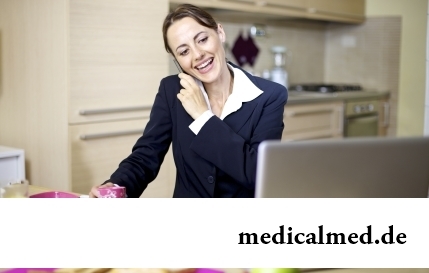
The nature does not stand stagnation and monotony. It is known that tissues of a human body atrophy if do not receive necessary loadings...
Section: Articles about health
(Xerostomia) many people consider feeling of a xerostomia small and easily removable inconvenience. This delusion: the symptom can demonstrate existence of serious diseases. It is worth to remember also that saliva performs important functions...
Section: Articles about health
New year, wedding, birthday, office party – an occasion to drink at the Russian person will always be. How to reduce a negative impact of alcohol by an organism and to avoid a condition of strong intoxication? The most correct council – to refuse the use of alcoholic drinks. Council is true, but not always feasible. We offer several advice which will help you in cases when it is impossible to avoid alcohol intake....
Section: Articles about health
For the person who daily since morning gathers for work it is very important to wake up vigorous and ready by day of work. On most...
Section: Articles about health
Use of medicinal plants in therapy is urgent today, more than ever. The drugs made of curative herbs cannot replace completely modern synthetic drugs, but their use becomes frequent serious help in simplification a leak...
Section: Articles about health
Feeding by a breast - the integral part of ideal motherhood allowing to come into contact with the kid and to create to it healthy immunity since early years. Nevertheless, this important process in life of mother and child can be saddened laktostazy − by a milk delay in a mammary gland. What main reasons for a laktostaz? How not to allow problems with breastfeeding? Let's consider 10 premises resulting in stagnation of milk at the nursing mother....
Section: Articles about health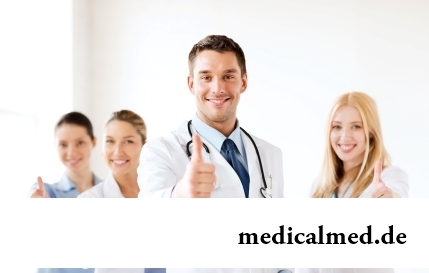
Olive oil – the product capable to make a powerful contribution to health of the person if it includes it in the diet. Rich vitamin...
Section: Articles about health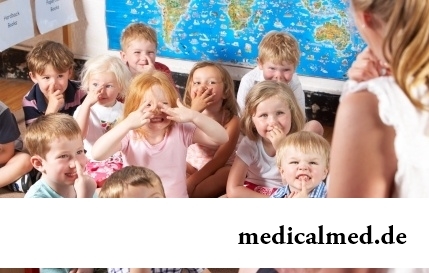
It seems, quite recently you brought the baby from maternity hospital, but time flew by, and here it is already going to join the first in life children's collective. How to prepare the child for visit of a garden? What needs to teach him to facilitate process адап...
Section: Articles about health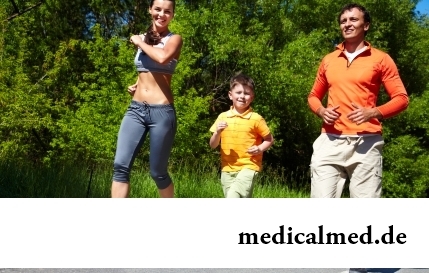
Season of activity of viral infections in the heat. Everyone can get sick, but probability of this unpleasant event it is possible and it is necessary to minimize. There is a number of rules, following to which will help or to avoid absolutely infection with flu or a SARS, or to have an illness benign and without essential complications. About ways of prevention of seasonal infections the speech in this article will also go....
Section: Articles about health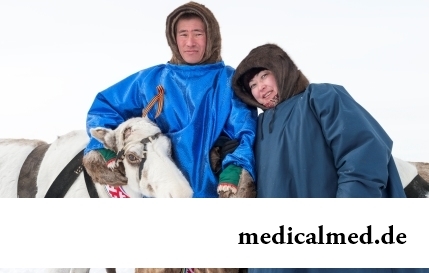
Traveling all over the world, many try to try the most exotic dishes of national cuisines. Exists even so-called died away...
Section: Articles about health
Turnip, radish, horse-radish – once these and other products enjoyed wide popularity at our ancestors, being not only the food sating an organism but also the medicines curing of many diseases. Unfortunately, having given the use of some of them...
Section: Articles about health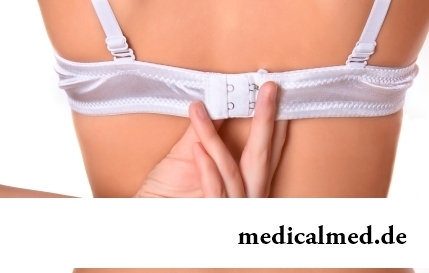
The name of this disease precisely reflects the problem reason: it consists in the bra fastener pressure upon a certain zone of a back. At the same time one of vertebrae of chest department of a backbone is as if blocked and loses mobility, and the loading falling on it is distributed on the next vertebrae. At 70-80% of women local pains in a backbone point on which the fastener of the often put most on bra presses result....
Section: Articles about health
Tea is loved and use almost everything. This drink has tonic properties, contains the tannins capable podavlit...
Section: Articles about health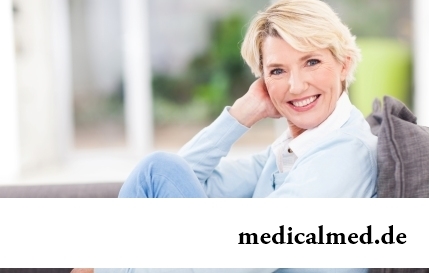
The number of long-livers is very small. One person from 5 thousand lives up to age of 90 years, and the centenary boundary steps over only one of 20 thousand. However, doctors claim that each of us is quite able to affect own destiny. At the same time speech to Ida...
Section: Articles about health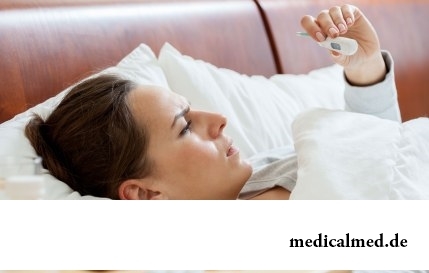
Subfebrile temperature call fervescence to 38 degrees, and subfebrile condition - existence of such temperature over 3 days, and quite often it happens without the visible reasons. Existence of subfebrile condition - a strong indication of disturbances in an organism which can be caused by various reasons: disease, stresses, hormonal failures. Despite the seeming inoffensiveness it is a state at which people often continue to lead a usual life, often is a sign of many of a zabolev...
Section: Articles about health
For many spouses the question of planning of a family is one of the main. The choice problem effect at the same time comes out on top...
Section: Articles about health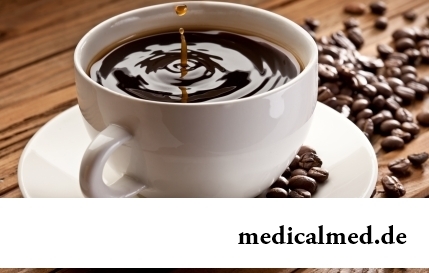
Coffee – favourite drink of many. For the last decades it more than once already declared very harmful, extremely useful and even necessary for normal life activity. In spite of the fact that this product became for us usual for a long time, exists much...
Section: Articles about health
Shops of household appliances offer us the huge choice of various devices for the house. Whether there are among this abundance devices which not only facilitate house work, but also help to keep health of the person? Of course, and we will tell about them today....
Section: Articles about health
Venereal diseases in medicine are called the infections which are transmitted preferential sexually, now they are so...
Section: Articles about health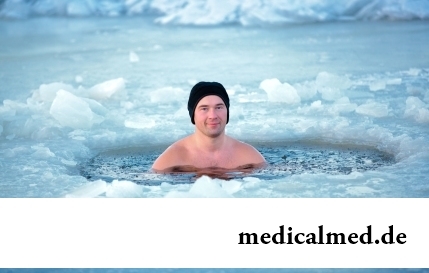
The winter swimming in open reservoirs called in our country by "winter swimming" – officially recognized sport and one of the most extreme ways of a hardening of an organism. This occupation has an old story and adherents in many countries. Are annually carried out...
Section: Articles about health
Childbirth is the most important event in life of each woman. We are women we give birth to the new little man on this light. Now the tendency to that was outlined, as men want to participate in labor too. But there is a question and whether it is worth allowing the husbands on childbirth?...
Section: Articles about health
Each failure in work of bodies and systems of a human body is, as a rule, shown by the whole complex of symptoms. In particular, N...
Section: Articles about health
Hemorrhoids – extremely widespread disease. Periodically arising inflammations and bleeding of hemorrhoidal nodes cause serious discomfort to nearly fifteen percent of adults. Meanwhile, having a clear idea of the aggravation reasons...
Section: Articles about health
Small appetite at the child – the complaint which pediatricians should hear practically from each mother. Most often it is carried to the category of children's whims, however the refusal of food in certain cases can be to alarming symptoms therefore it cannot be ignored....
Section: Articles about health
So, you resolved to lose weight. And now you try to understand what to begin with: from exercise stresses or a diet? And how to make, h...
Section: Slideshow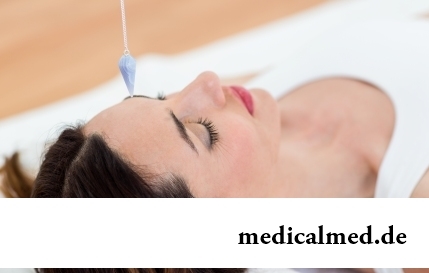
Practice of hypnotic impact on consciousness of the person contains about two millennia. During this time scientists managed to learn a lot of things about a phenomenon of hypnosis and learned to facilitate a condition of the patients having heavy illnesses with its help....
Section: Articles about health
Not without reason doctors say that 90% of diseases begin or develop because of misoperation of intestines. Disturbance of its functions is connected with various factors among which the important place belongs to excessive "clutter" of an intestinal path. In an organism not only the remains of food, but also mass of harmful substances which we with food accepted accumulate. Accepted to accept, and about that to remove them, did not take care. And in it a problem....
Section: Articles about health
